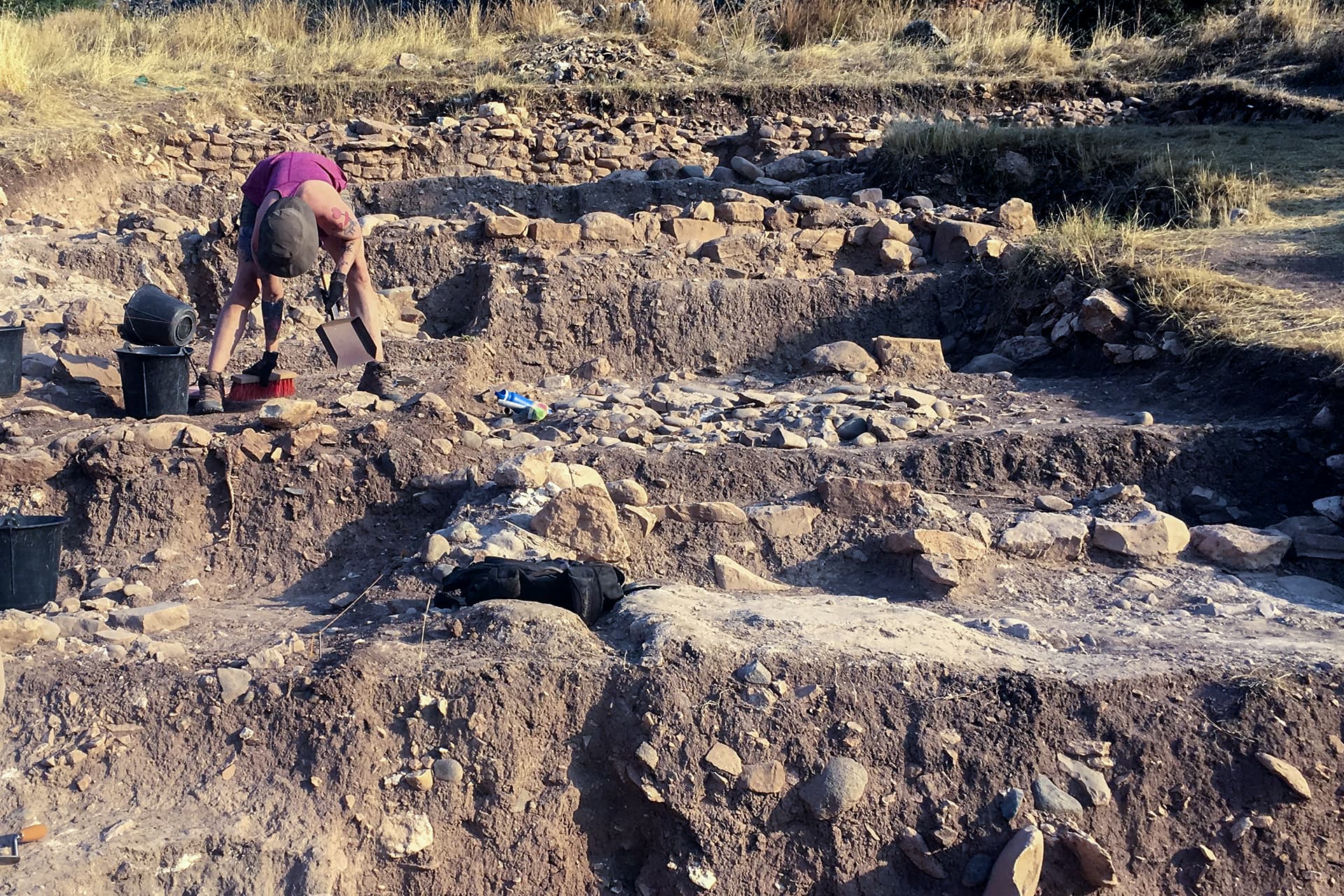- Future Students
- How to Apply
- Visit UHCL
- Admitted Students
- Tuition, Costs and Aid
- Degrees and Programs
- Contact Admissions
- Current Students
- Class Schedule
- Academic Calendar
- Advising
- Events
- Library
- Academic Resources and Support
- Student Services and Resources
- Alumni
- Lifetime Membership
- Alumni Events
- Update Your information
- Awards and Recognitions
- Give to UHCL
Studying, washing and recording objects found at dig site in Cyprus
July 20, 2018 | Sarah Costello

(Editor’s note: This is the third in a series of blog posts submitted by University of Houston-Clear Lake’s Associate Professor of Art History Sarah Costello, who is in Cyprus finalizing her ongoing work excavating and seriating Neolithic potter at a unique site in the Dhiarizos Valley.)
So, what happens to all the stuff we dig up at an archaeological site? It would be nice if we could bring it all home so we could study it further, but that’s not possible. Most nations have cultural property laws that make it illegal to remove archaeological finds from the county. The objects stay in storage, and scholars are able to get permits to work on them. Special items might go on display in a local museum.
It’s always best, therefore, to study the objects as soon as possible after they’re found. Here at Prastio-Mesorotsos, the project I work at in Cyprus, we spend time each day washing and recording the pottery, chipped stone, and other finds from the site. I’m working on the pottery from the Neolithic period. The project ceramicist, Dr. Lisa Graham, records information about every single potsherd found at the site. I then take a second look at the material from the Neolithic period, since that’s one of my areas of specialty. I record additional information about each sherd, and sometimes draw and photograph them.
This summer, I worked with Dr. Graham and with the project director, Dr. Andrew McCarthy, to develop a picture of how the Neolithic pottery at the site changes over time, perhaps almost a thousand years, until the next phase of settlement. We used the archaeological evidence from one of the trenches to put the various excavation contexts in chronological order, then did the same with the pottery from those contexts. There is gradual change in the way pottery is made and decorated over time, and you can see those gradual changes when you look at it in sequence. We’ve had great success this summer, and will continue to refine our understanding of the Neolithic pottery as the excavation continues!
For more information about UHCL’s art history minor, visit www.uhcl.edu/academics/degrees/art-history-minor.
Previously:
- Remarkable reliquary in cathedral in Cologne
- UHCL art history prof blogs on Rhine en route to Cypriot archaeological dig






